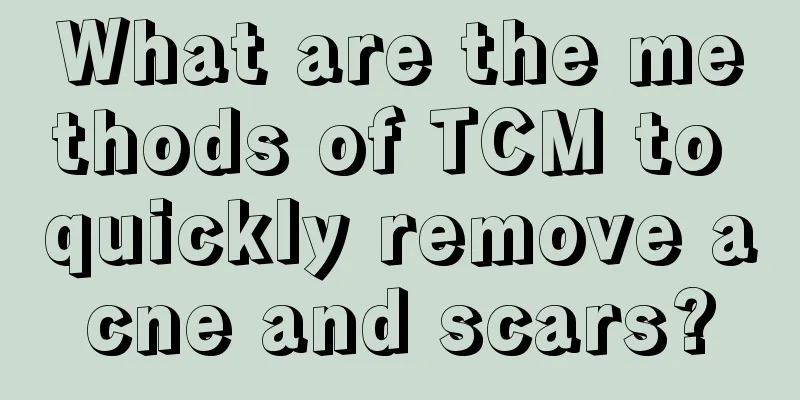Why do teeth have melanin deposits?

|
White and healthy teeth can make everyone happy and look more energetic. If you want to have white teeth, you need to keep cleaning your teeth for a long time. Many people find that their teeth are dark in color and have a large amount of melanin deposits. This is caused by their unscientific diet. In addition, there are many factors that can cause people's teeth to turn black. So, why does melanin deposit on teeth? Tooth pigmentation can be divided into two types: internal pigmentation, medically known as endogenous pigmented teeth; external pigmentation, medically known as exogenous pigmented teeth. Pigmentation inside teeth: It can cause internal pigmentation, which is mainly because the teeth take in excessive amounts of certain substances during their growth and development, causing pigments to precipitate inside the teeth, causing the teeth to change color. For example, taking tetracycline drugs, drinking excessive fluoride-containing drinking water, or brushing teeth with fluoride toothpaste for a long time. Common teeth with internal pigmentation, also known as endogenous pigmented teeth, include tetracycline teeth, fluorosis teeth, etc. In addition, if the pulp is necrotic, the metabolites of the pulp decomposed by bacteria and the dehydration of the tooth itself will also cause the teeth to discolor. For this type of tooth pigmentation, if you want to whiten it, you need to use medical tooth whitening technology or tooth cosmetic restoration technology, such as cold light whitening, porcelain veneer restoration, crown restoration, etc. External tooth pigmentation: There is also a type of exogenous pigmented teeth, which refers to pigments that enter the mouth or are produced by bacteria in the mouth that corrode food and are deposited on the surface of the teeth, covering up the original color of the teeth and causing them to change color. For example, long-term smoking, drinking tea, coffee, chewing betel nuts and other foods with dark pigments will more or less remain in the mouth. As the saliva moves, it will then adhere to and deposit on the surface of the teeth, which is called part of dental calculus. Common types of teeth with pigmentation include yellow teeth, smoke stained teeth, tea stained teeth, etc. To prevent this type of pigmentation, you can strengthen your daily oral hygiene and rinse your mouth after eating dark-pigmented or sticky foods to reduce the residual pigment in the mouth. In addition, you must develop a good habit of brushing your teeth carefully in the morning and evening. However, our teeth need to come into contact with food every day, and it is inevitable that some "fish" will slip through the net and remain in the mouth. These residues will gradually accumulate and become called dental calculus, which is firmly attached to the surface of the teeth. If you want to remove it and make your teeth "white", you need to do teeth cleaning! Dentists recommend that you should have your teeth cleaned every six months to a year to effectively maintain a good oral environment. |
<<: The correct way to take a bath with pure milk
>>: How to wash your teeth to make them white
Recommend
Is pearl powder good for sun protection?
In the hot summer, the most worrying thing is tha...
What are the simplest and most effective ways to remove freckles?
In our lives, many people have spots on their fac...
How to make your nose thinner?
Girls nowadays all love beauty. Slimming the wais...
How to improve skin quality
Every woman hopes that her skin can be perfect, b...
How should I remove soft blackheads?
Blackheads on the nose are a flaw that all women ...
How to use yogurt to exfoliate
Exfoliation also requires a toasting method. Yogu...
What are the ways to improve yellow complexion?
We are all envious when we see other people's...
What are some ways to make the nose tip more pointed?
The nose is a key part of the human body's fi...
Does washing your face with white vinegar remove acne?
When it comes to pimples, we all feel annoyed bec...
What is the most effective way to replenish water? Four steps to become a "water beauty"
Hydrating the skin requires methods and technique...
What method can I use to whiten my skin quickly in one week?
Dark skin is the most troublesome problem for man...
How to get rid of acne marks on forehead?
There are many girls who like to have bangs. They...
What can you eat to beautify and fight aging?
Women are generally more concerned about how to m...
What skin care products are suitable for 20-year-olds?
Women in their 20s are in their youth, and their ...
What are the dangers of skin scratching?
Skin scratches are quite common in life. They may...









